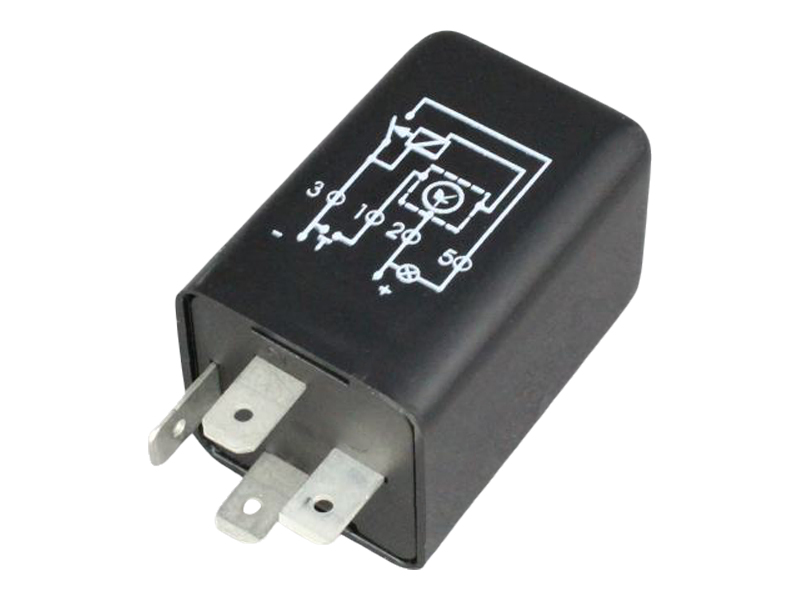
When the countdown runs out, the contacts are transferred. The timing begins when the control input is opened, but the contacts stay closed. When voltage is delivered to an off-delay timer, nothing happens-the contacts transfer when the control input (SW) is closed. Burglary and intrusion alarms, open-door warnings, power supply sequencing, oven ignitor controls, and fan controls are just a few of the other applications. This prevents the electrical cable from becoming overloaded by surge current. On-delay timers are also used to stagger the start timings of various compressors or motors controlled by the main switch. The input voltage must be removed to de-energize the output and reset the time delay relay.īlower motor delay timers, also known as delay-on-operate timers, are commonly used to postpone the operation of a gas, electric, or oil heater for a set time after it has been turned on. When the input voltage (power) is applied, normally open, on-delay clocks begin timing. Interval-on-operate, flasher, and repeat cycle clocks are examples of other types. The most common time delay relay timers used are on- and off-delay timers. The system configuration determines the type of time delay relay that is utilized.

This armature returns to its original position when the power is switched off, preventing electricity from flowing through the circuit Types of timer relay When the device is triggered, the “off” coil receives power and works to pull in an armature, which activates the other end of the circuit, where electricity flows. The “on” coil is constantly receiving electricity, allowing it to activate at any time. One relay coil is constantly on, while the other can be turned on and off using an electric signal from a control device like a phone or computer system. The working principle of the timer relay is electromagnetism. We may regulate the delay time of these relays from milliseconds to hours or even days, and they can be normally open or normally closed. The delay on the type and the delay-off type are the two primary varieties of basic timing relays.

A time delay relay can help us with this. We don’t want an immediate answer from the secondary side for specific applications instead, we want it to happen after a particular length of time or only for a limited time. When the primary side’s electricity is cut, the secondary side’s contacts open, cutting power to the load. When voltage is delivered to the coil on the primary side of a conventional normally open control relay, the contacts on the secondary side close instantaneously. They manage an event by electrifying the secondary circuit after a set length of time or for a set time, or both. 6.3 Controlling other types of machinesĬontrol relays having a built-in time delay function are called time delay relays.


 0 kommentar(er)
0 kommentar(er)
